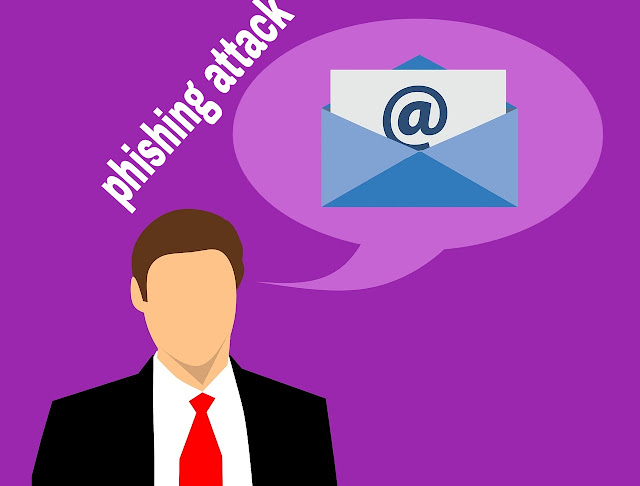In the technology world today, cyber fraud is the most occurring activities performed by so many people who claim to be a computer guru. It's now as if being a black hat hacker is what tells one to be a computer wizard which is absolutely wrong.
So many devices’ users have fallen victim to this cybercrime. There are many ways to which these attacks come into your devices, but one of the methods is via Phishing.
The phishing attack is the most used method for hackers to gain access to one's social login credentials or even your bank account details.
You might have received emails from scammers containing links such that when visited, will automatically redirect you to a scam web page that looks similar to an existing popular website. For example, the redirected webpage might seem to be facebook login page, asking you to input your facebook email, or phone number or username, and password associated with your Facebook account, claiming to be partners of the Facebook team. And immediately you input those credentials of yours, it will automatically find its way to the attacker, thereby granting the hacker access to your facebook account and might steal any relevant information found on your Facebook account. The same thing is applicable to Emails, where you will be asked to renew your email via a link that will be sent to you.
So for this, I’ve published this discussion and reading it through will help you prevent yourself from all these cyber attacks. All you have to do now is to read them carefully.
So many devices’ users have fallen victim to this cybercrime. There are many ways to which these attacks come into your devices, but one of the methods is via Phishing.
The phishing attack is the most used method for hackers to gain access to one's social login credentials or even your bank account details.
You might have received emails from scammers containing links such that when visited, will automatically redirect you to a scam web page that looks similar to an existing popular website. For example, the redirected webpage might seem to be facebook login page, asking you to input your facebook email, or phone number or username, and password associated with your Facebook account, claiming to be partners of the Facebook team. And immediately you input those credentials of yours, it will automatically find its way to the attacker, thereby granting the hacker access to your facebook account and might steal any relevant information found on your Facebook account. The same thing is applicable to Emails, where you will be asked to renew your email via a link that will be sent to you.
So for this, I’ve published this discussion and reading it through will help you prevent yourself from all these cyber attacks. All you have to do now is to read them carefully.
You may be wondering, what is Phishing attack?
The phishing attack is a type of cyber attack in which an attacker sends a spam link such that when visited, will open a webpage that will look the same as an existing and popular website page, it may even be social websites or any other.Now haven known what Phishing attack really is, you now need to know how to detect their spam message whenever you see them.
How do I identify Phishing attack?
Identifying them is quite easy and needs no technical procedure. Read the methods below.Identifying their emails:
Identifying phishing emails is very easy. At first, you will need to do the following.» Check the source of the email, I mean their email address, their addresses are never real. Most times they use email addresses that are similar to a popular email address owned by a company ( it may be a bank, Place of work ) or a social network.
For example, you may receive an email from the email address >>>> Manager@GTbank.com or gtbank02@GTbank.com instead of gtbank@gtbank.com which is said to be the official email address for GTbank Nigeria. You can only identify their fake email address only if you know the actual address they tried to copy.
» Most times their messages contains forceful language which is the number two proof to detect phishing attack. These scammy and forceful languages can be seen in their emails, forcing you to input some kind of your details in relation to what they are trying to steal from you. But these forceful languages are often seen on their webpage where they redirected you to, they mostly use pop up messages forcing you to input your credentials.
Check if the email contains grammar mistakes and misspelled words.
Most of their emails contain grammatical misspelled words, though not all are perfect phishing attackers does this mistake often.
Note: You may also receive phishing link via your phone message inbox. Like the one I received some time ago, I was told that my BVN has been deactivated, and a link was provided to reactivate it and I was threatened that if it exceeds 72 hours, they will have my BVN permanently deactivated. Isn't that a scam? Yes, it is because only the bank you are operating on has the right to send such message with no threat, and if they were to give you a link, then it should be their official website and not others.
So be aware of these tricks used by phishing attackers to keep you and your credentials protected.
Recommended: How To Secure Your PC From Hackers
Please share this with others too using the share button given below.













0 comments:
We love comments.. Share your idea with us on this topic